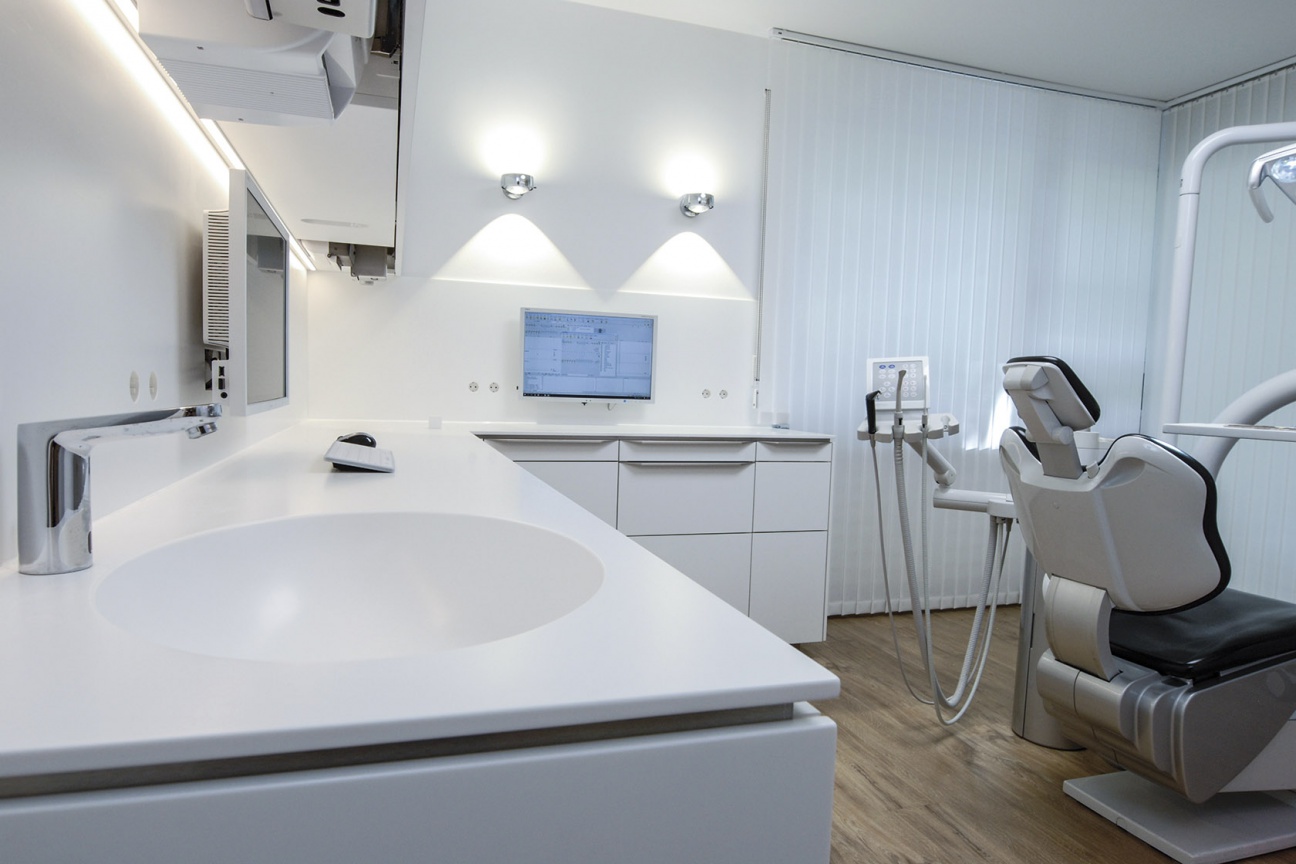Many factors enter into the choice of an antimicrobial surface (AMS), but fortunately, the decision can be tackled quite systematically.
Firstly, what is the environment like? If it is like a normal domestic room, which covers most healthcare facilities (including doctors’ and dentists’ surgeries) a wide range of coating types is potentially available. A dark cellar would, of course, rule out photocatalytic antimicrobial surfaces, which do not, incidentally, need continuous illumination — ordinary diurnal light (or its equivalent provided by artificial lamps) should suffice to achieve microbial eradication.
Secondly, what kind of microbes need to be controlled, how heavy is the source of contamination, and what degree of cleanliness needs to be achieved? Quantification will assist in specifying the most effective surface.
Thirdly, are there visual constraints? Some AMS are ultrathin and colourless, hence invisible and perfectly suitable for applying to mirrors and other demanding applications. Others are opaque, like paint.
Of equal importance is the question whether the AMS will replace, supplement or merely complement an existing cleaning régime.
Lastly, what is the budget? What kind of contract is available from the supplier? Does one simply purchase the product and apply it oneself, or does one purchase cleanliness for a duration to be measured in months or years? In the former case, one needs to know how long the product will last, i.e. when it needs to be renewed. Disruption to normal use of the facilities while the product is applied also needs to be taken into account. After having narrowed down the choice of potential products following due consideration of the relevant factors, comparison between rivals may well boil down to examining existing data on their performances under comparable conditions.


